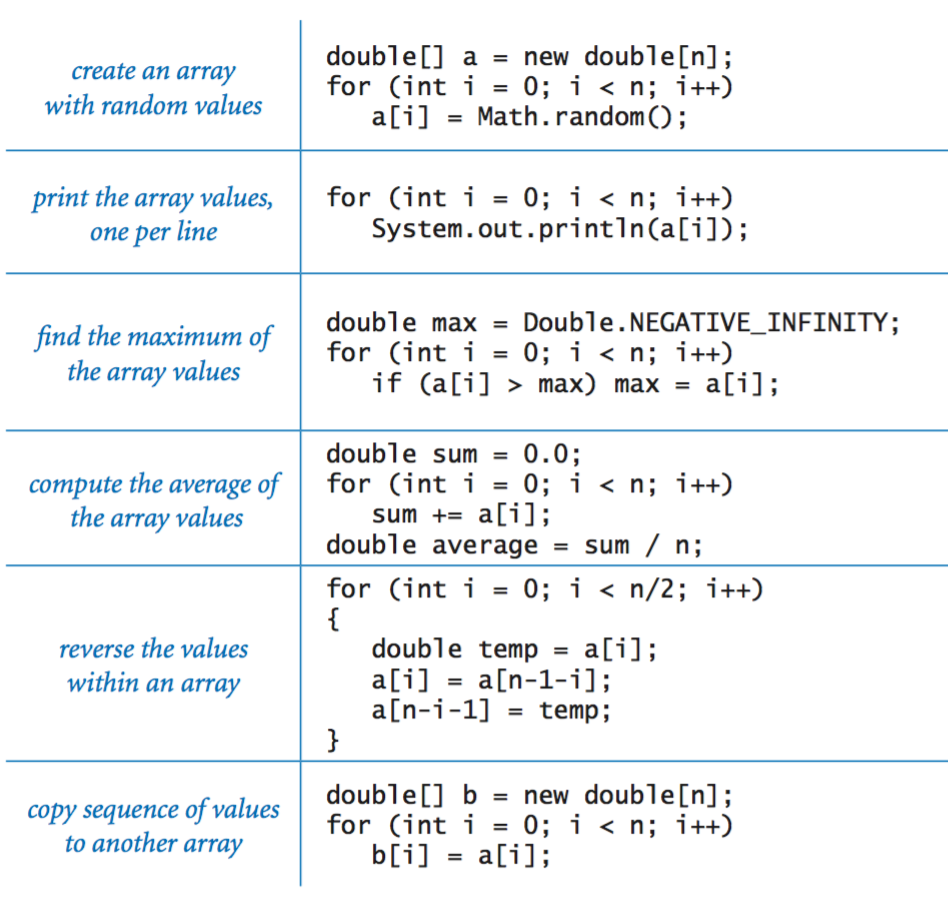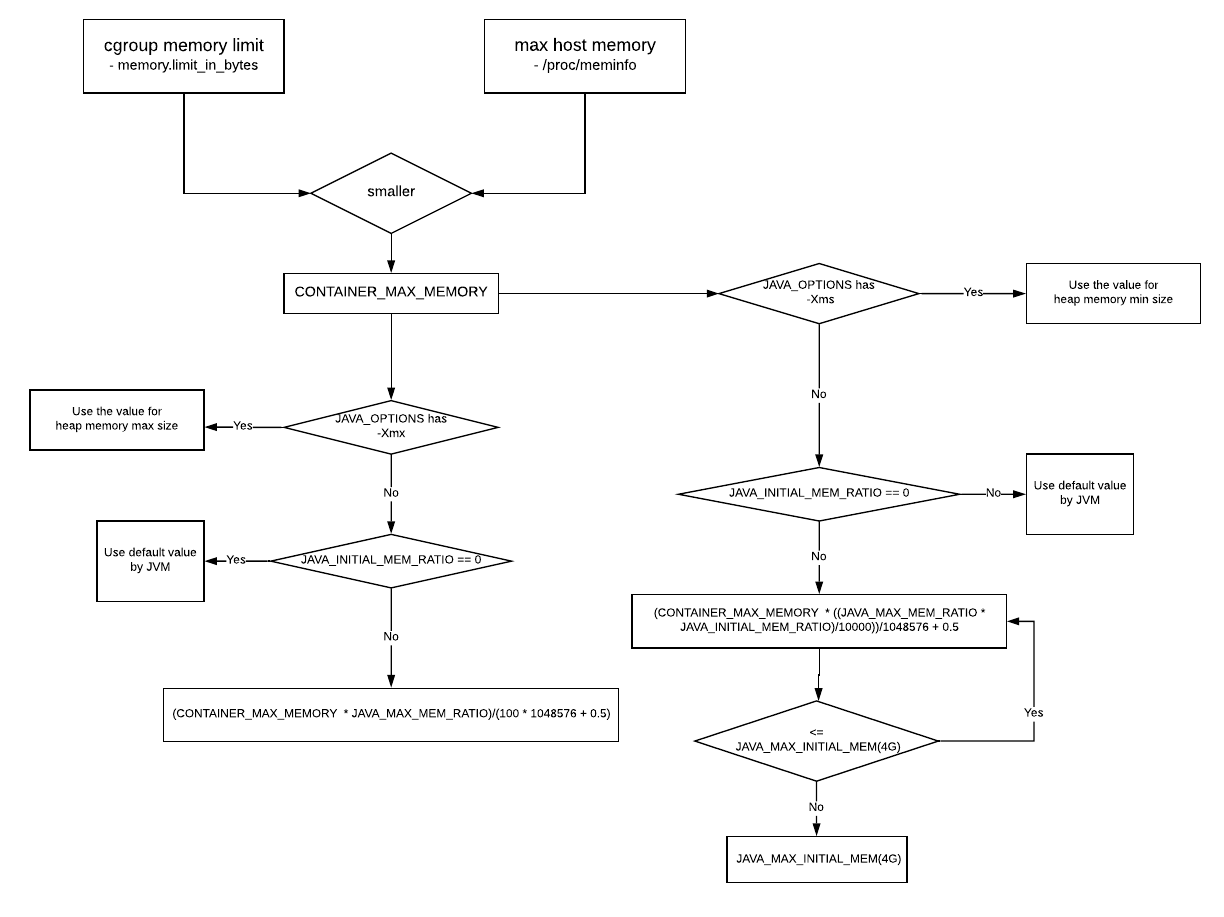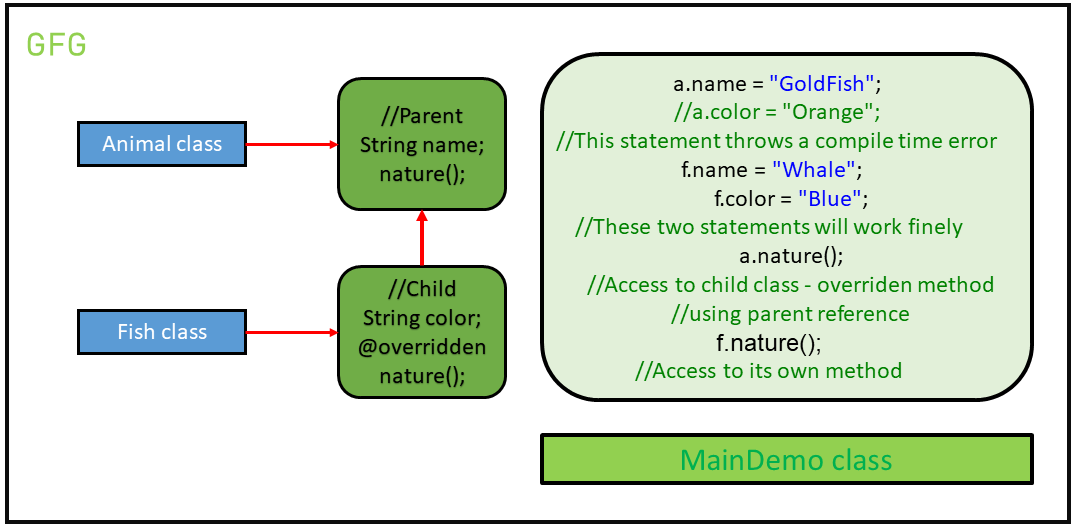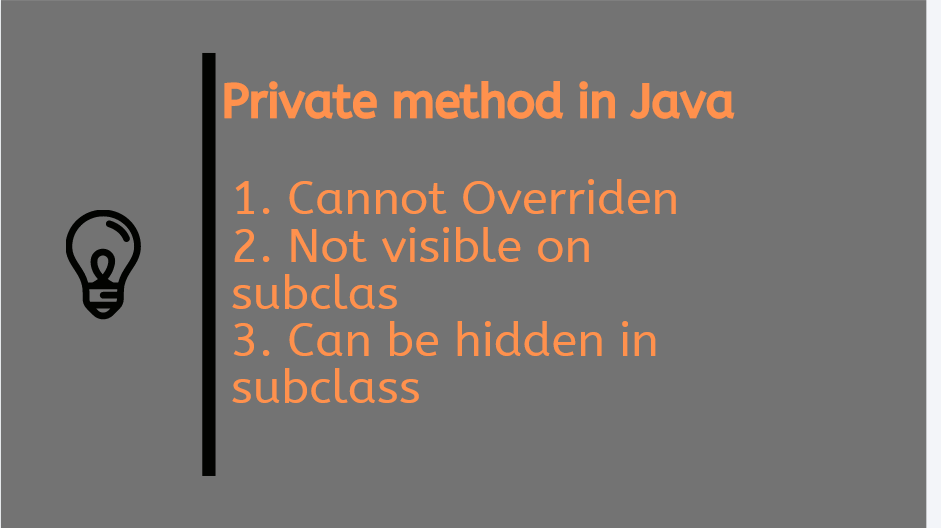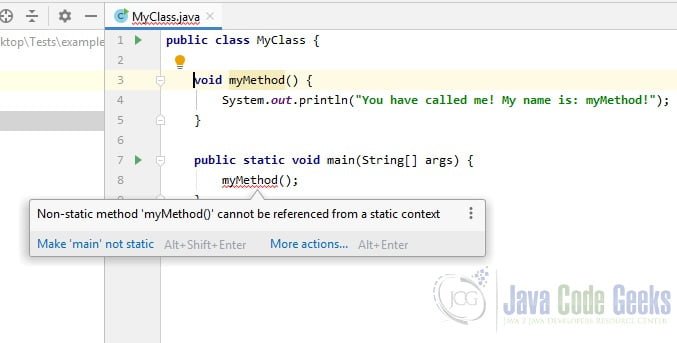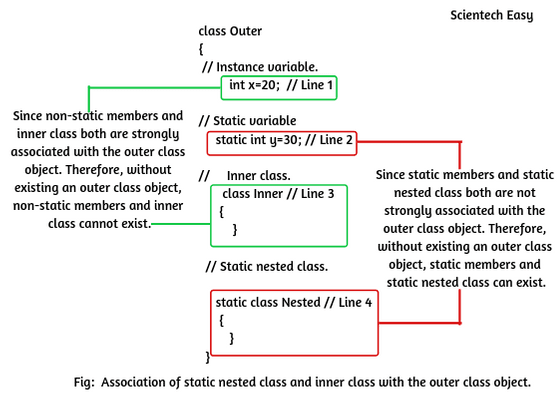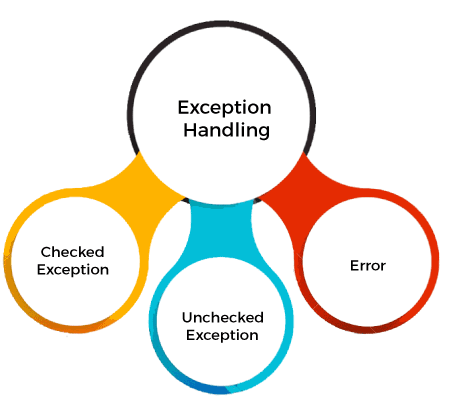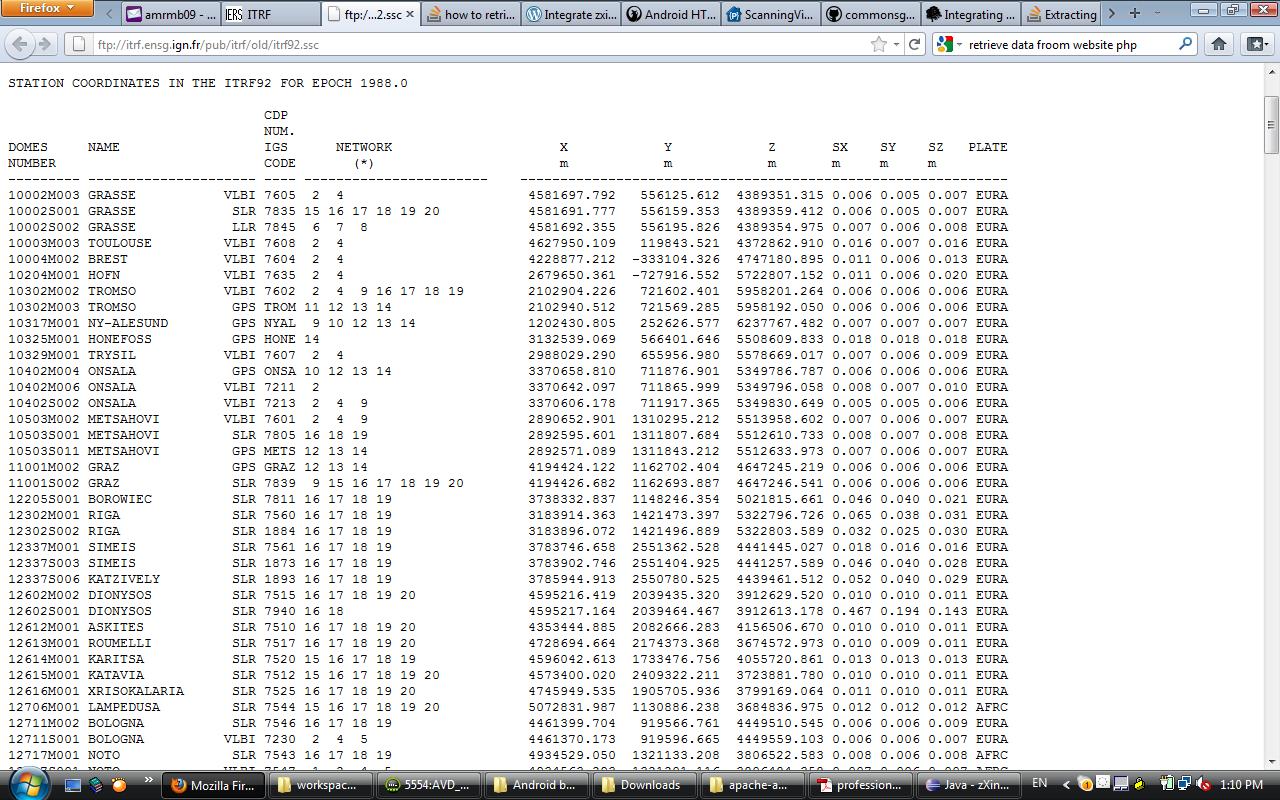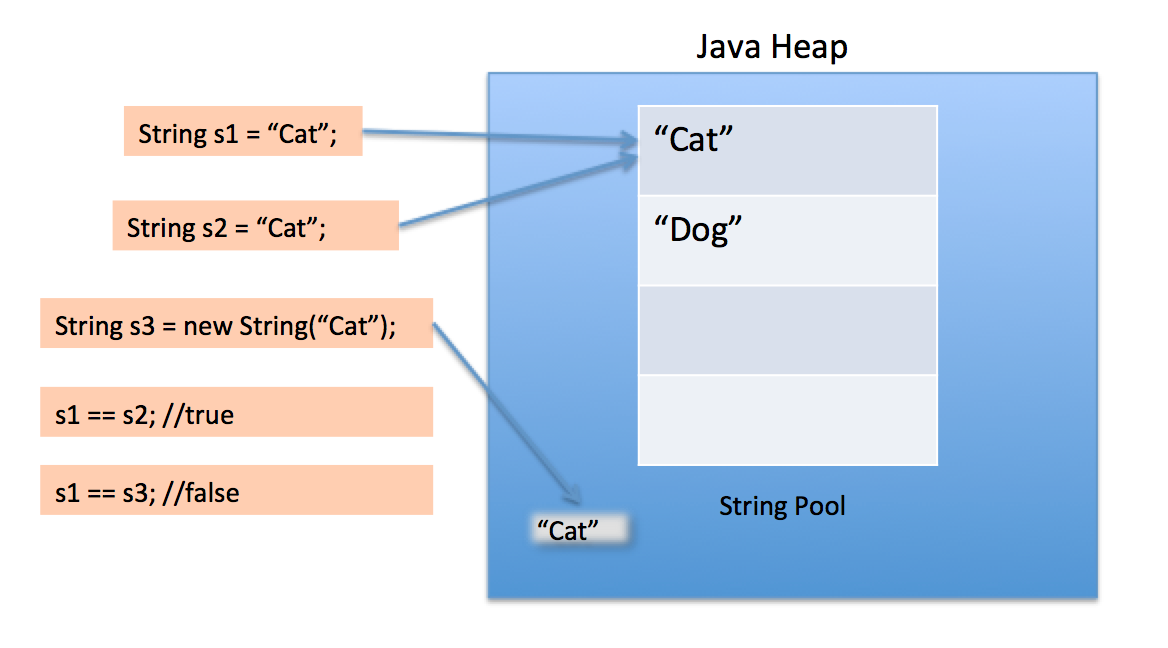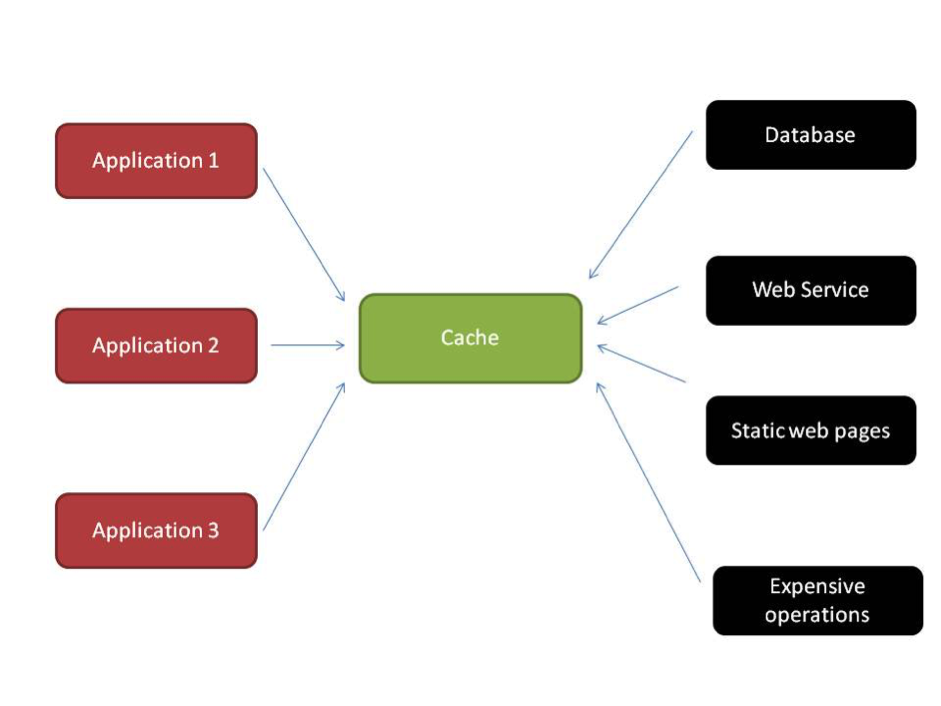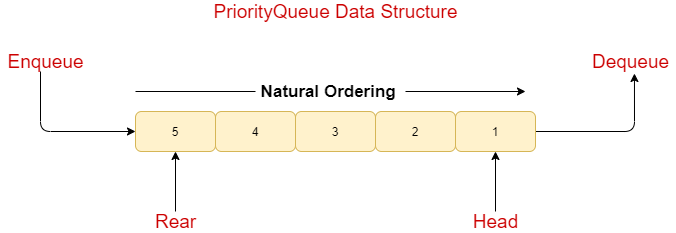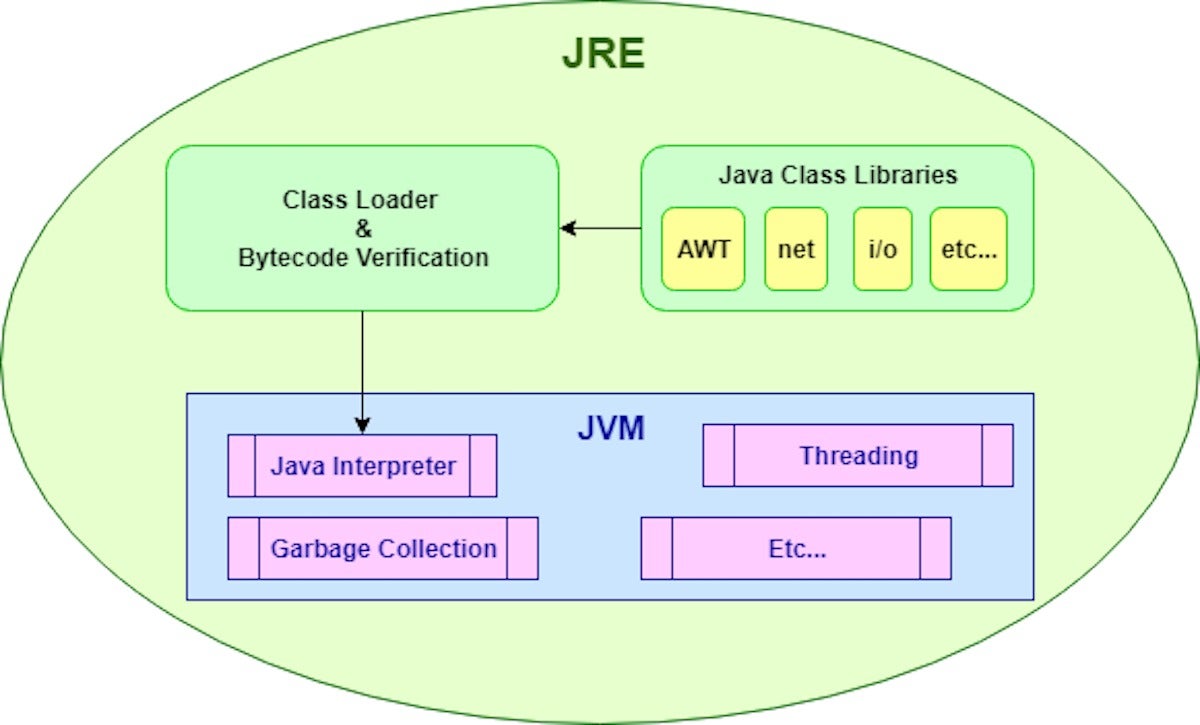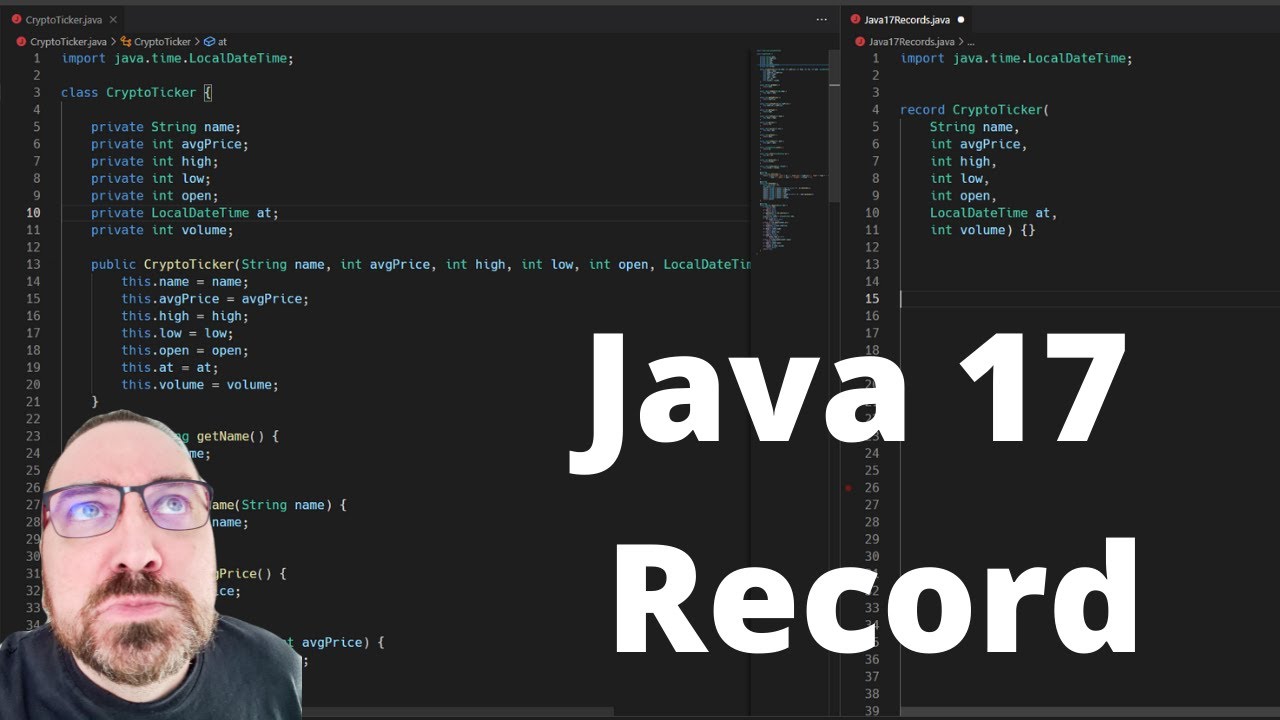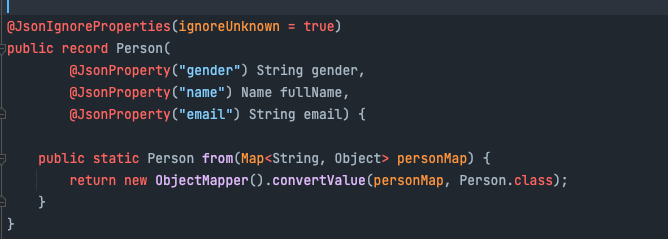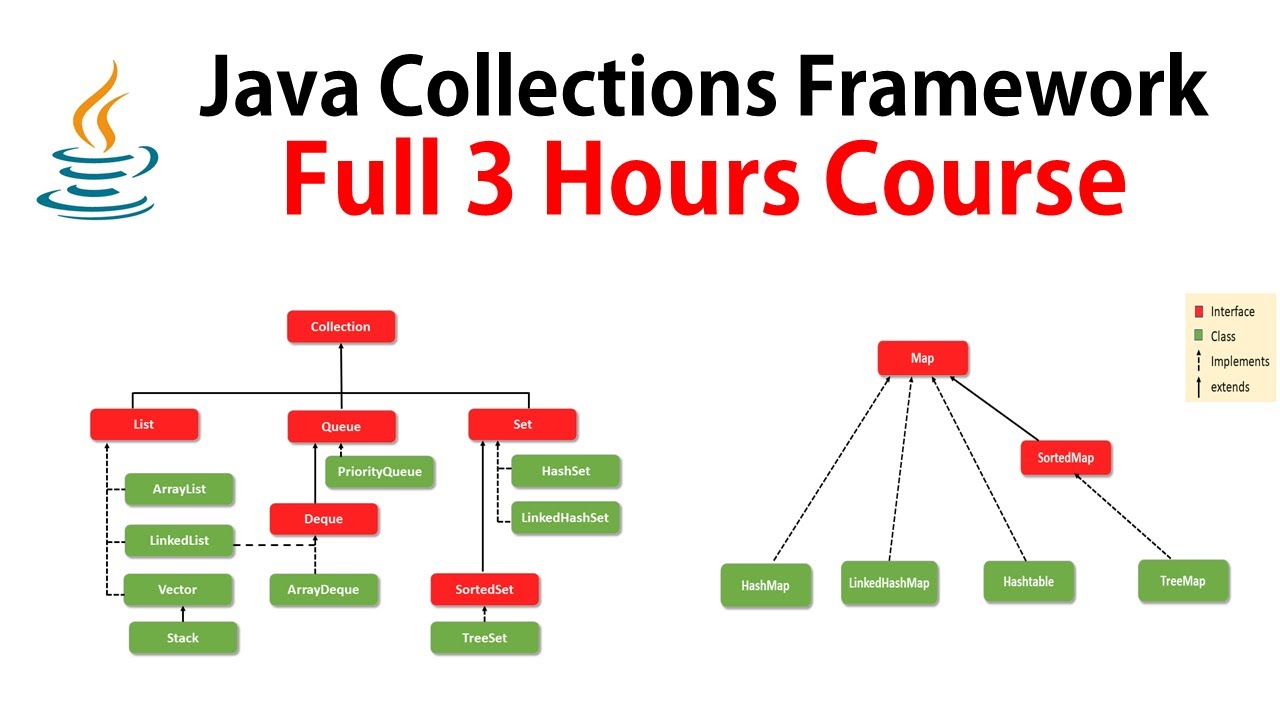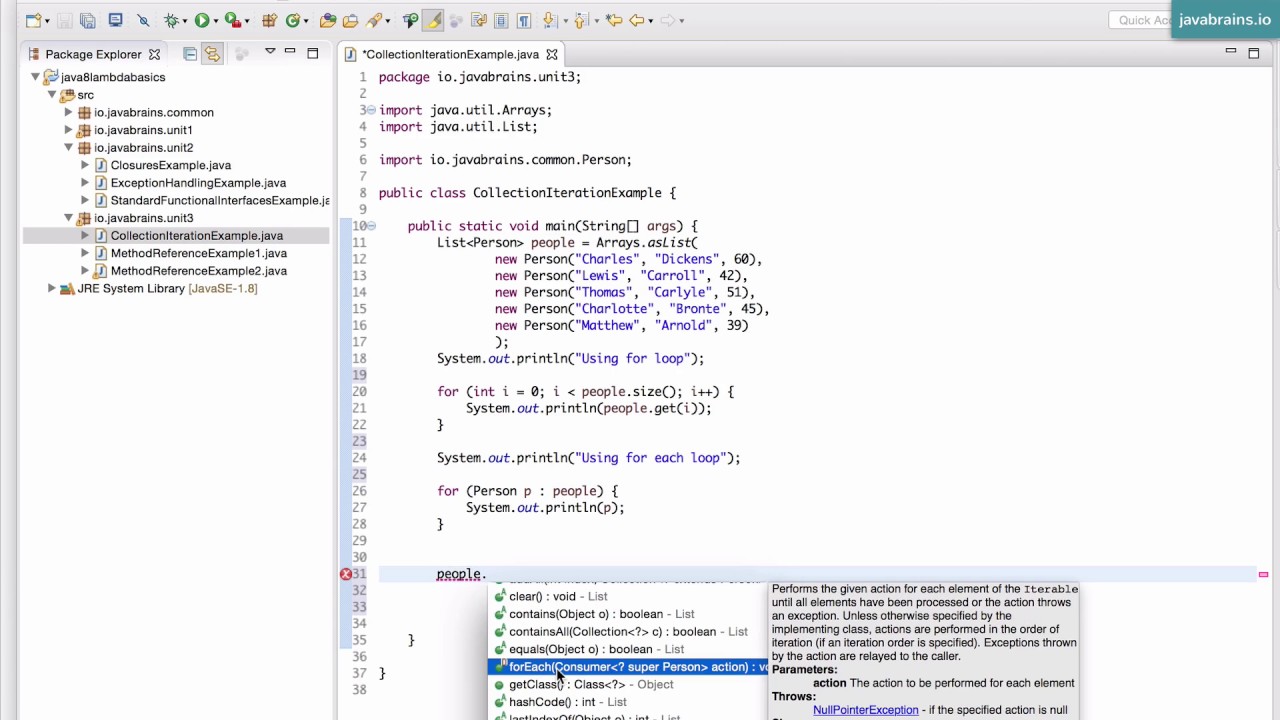What is a multithreading in Java?
What is a multithreading in Java?
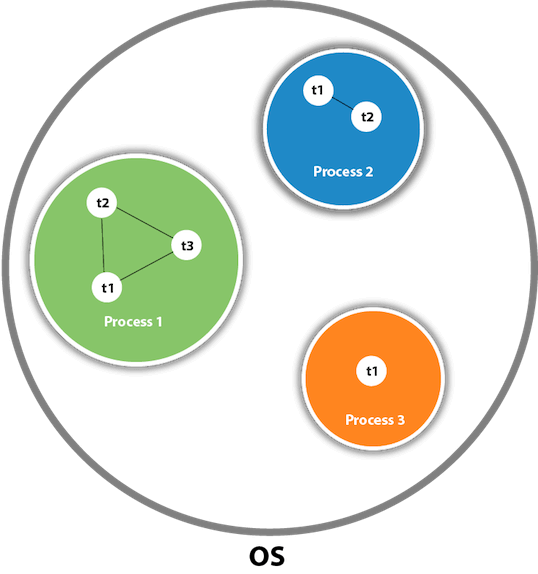
In Java programming, multi-threading refers to the ability of a single program to execute multiple threads simultaneously. A thread is a flow of execution that shares resources such as memory with other threads within the same process. Each thread has its own call stack and executes independently from other threads.
In traditional programming, you would typically create separate processes or run separate programs to achieve concurrency. However, in Java, multi-threading allows you to achieve concurrency within a single program by creating multiple threads that can execute concurrently.
Java provides various mechanisms for working with threads, including:
Thread classes and interfaces: Java provides several built-in thread classes and interfaces, such asThread, Runnable, and Callable. These allow you to define new threads or modify the behavior of existing ones. Thread methods: The Thread class provides various methods for managing thread execution, including start(), run(), stop(), and join().
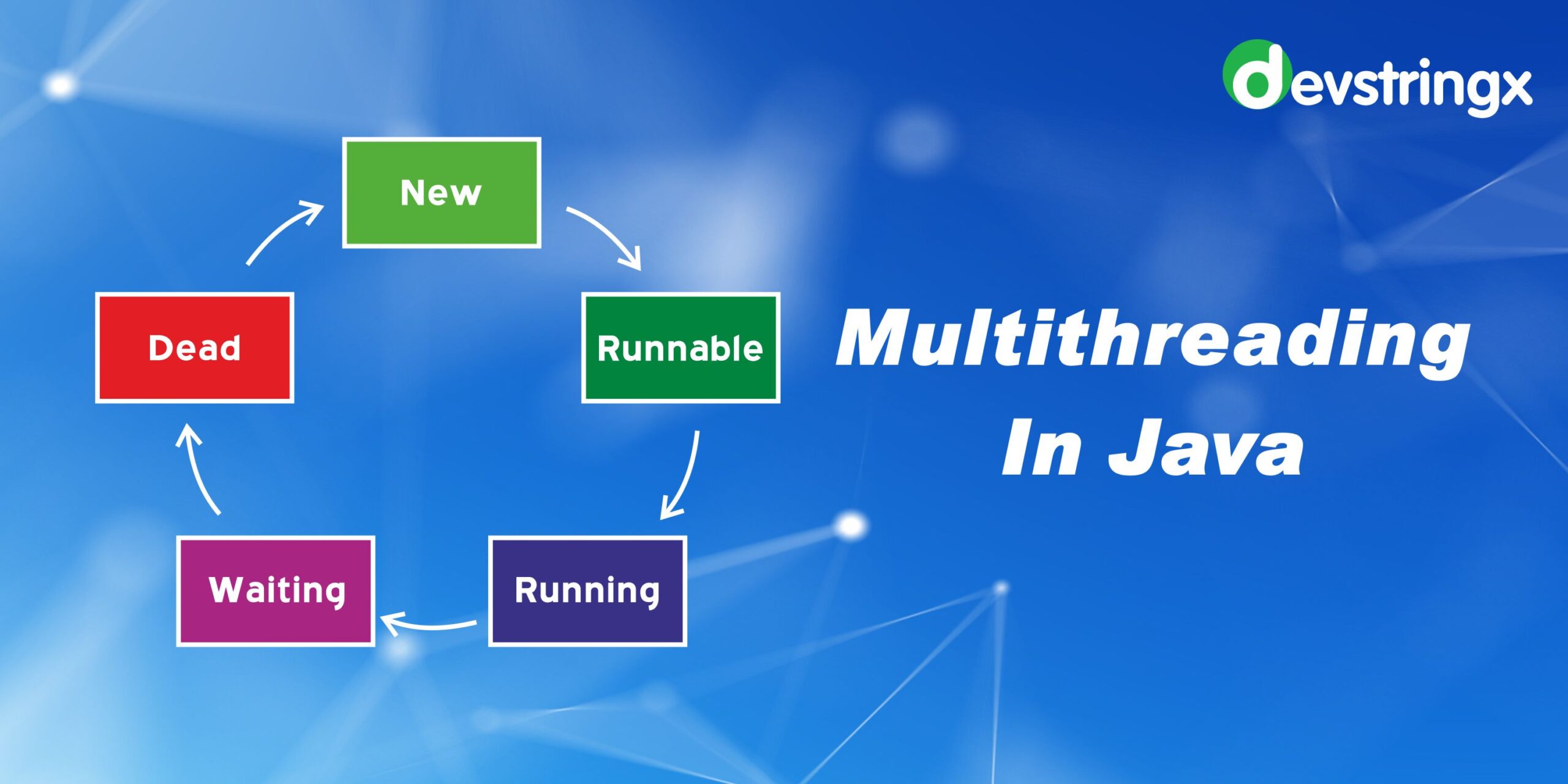
synchronized, ReentrantLock, and Semaphore, which allow you to control the interaction between threads.
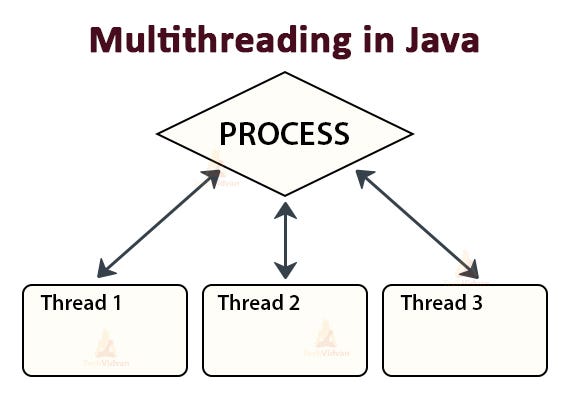
Executor interface and its implementations, such as ThreadPoolExecutor, provide a way to manage thread pools and execute tasks asynchronously.
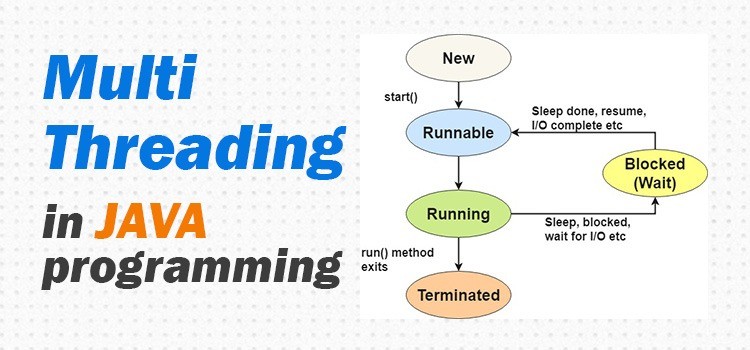
Multi-threading in Java is useful for achieving concurrency and improving system performance. For example:
Handling multiple user requests simultaneously Performing computationally intensive tasks concurrently with I/O operations Implementing real-time systems that require precise timingSome key benefits of multi-threading in Java include:
Concurrency: Multiple threads can execute concurrently, allowing you to perform multiple tasks at the same time. Improved system responsiveness: By offloading tasks to separate threads, your program can remain responsive and interactive while performing background tasks. Better resource utilization: Threads can share resources more efficiently than separate processes or programs.However, multi-threading also presents some challenges:
Thread safety: You need to ensure that multiple threads access shared resources safely without causing conflicts or data corruption. Thread synchronization: Coordinating the behavior of multiple threads requires careful consideration and design.To get started with multi-threading in Java, you can start by learning about the basics of threading, including creating and managing threads, using synchronizers, and handling thread-related exceptions. From there, you can explore more advanced topics, such as concurrent collections, futures, and executors.
real time example of multithreading in java
Here's a real-time example of multithreading in Java:
Example: A Banking System with Multiple Threads
Suppose we have a banking system that allows multiple customers to perform transactions (deposit, withdraw, check balance) simultaneously. To simulate this scenario, we can create multiple threads, each representing a customer, and use them to perform transactions concurrently.
Here's the code:
import java.awt.*;import java.util.concurrent.ExecutorService;
import java.util.concurrent.Executors;
public class BankingSystem {
private static final int NUM_THREADS = 5; // Number of customers
private static final int MAX_TRANSACTIONS = 10; // Max number of transactions per customer
public static void main(String[] args) {
ExecutorService executor = Executors.newFixedThreadPool(NUM_THREADS);
for (int i = 0; i < NUM_THREADS; i++) {
Customer customer = new Customer("Customer " + (i + 1));
executor.submit(new TransactionThread(customer, MAX_TRANSACTIONS));
}
// Wait for all threads to finish
executor.shutdown();
}
}
class Customer {
private String name;
private BankAccount account;
public Customer(String name) {
this.name = name;
this.account = new BankAccount(0);
}
public void performTransactions() {
// Perform multiple transactions concurrently using threads
for (int i = 0; i < BankingSystem.MAX_TRANSACTIONS; i++) {
executor.submit(new TransactionRunnable(this, account));
}
}
}
class TransactionThread implements Runnable {
private Customer customer;
private BankAccount account;
public TransactionThread(Customer customer, int numTransactions) {
this.customer = customer;
this.account = customer.getAccount();
}
@Override
public void run() {
customer.performTransactions();
}
}
class TransactionRunnable implements Runnable {
private Customer customer;
private BankAccount account;
public TransactionRunnable(Customer customer, BankAccount account) {
this.customer = customer;
this.account = account;
}
@Override
public void run() {
// Simulate transaction (e.g., deposit, withdraw, check balance)
try {
Thread.sleep((int) (Math.random() * 1000)); // Random delay to simulate processing time
double amount = Math.random() * 100; // Random transaction amount
if (customer.getAccount().getBalance() + amount <= customer.getAccount().getLimit()) {
customer.getAccount().deposit(amount);
System.out.println(customer.getName() + " deposited " + amount);
} else {
System.out.println(customer.getName() + " tried to withdraw, but account is overdrawn.");
}
} catch (InterruptedException e) {
Thread.currentThread().interrupt();
}
}
}
class BankAccount {
private double balance;
private double limit;
public BankAccount(double initialBalance) {
this.balance = initialBalance;
this.limit = initialBalance;
}
public void deposit(double amount) {
balance += amount;
}
public double getBalance() {
return balance;
}
public double getLimit() {
return limit;
}
}
In this example, we create a BankingSystem class that uses an ExecutorService to manage multiple threads (representing customers). Each customer has a Customer object and a BankAccount object.
The Customer class has a method performTransactions() that creates a new thread for each transaction. The TransactionThread class represents a single customer performing transactions concurrently using the ExecutorService.
The TransactionRunnable class is responsible for simulating individual transactions (e.g., deposit, withdraw, check balance). It sleeps for a random amount of time to simulate processing time and then performs the transaction.
In the main() method, we create multiple threads for each customer and submit them to the ExecutorService. The system will run until all threads finish executing their transactions.
This example demonstrates how multithreading can be used to achieve concurrency in a real-world scenario, such as a banking system. By using threads to perform transactions concurrently, the system can process multiple customers' requests simultaneously, improving overall performance and responsiveness.
